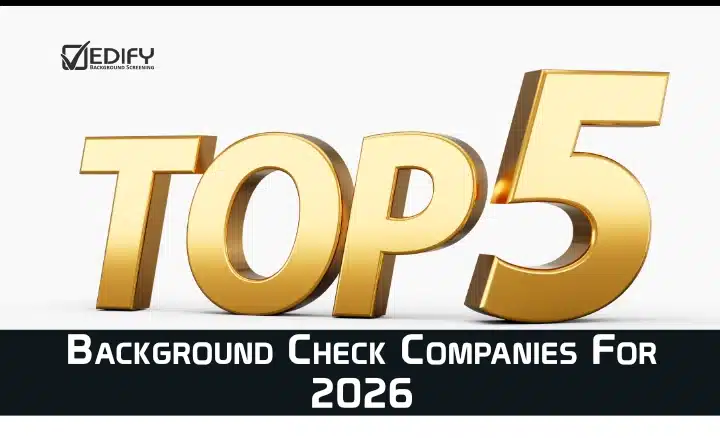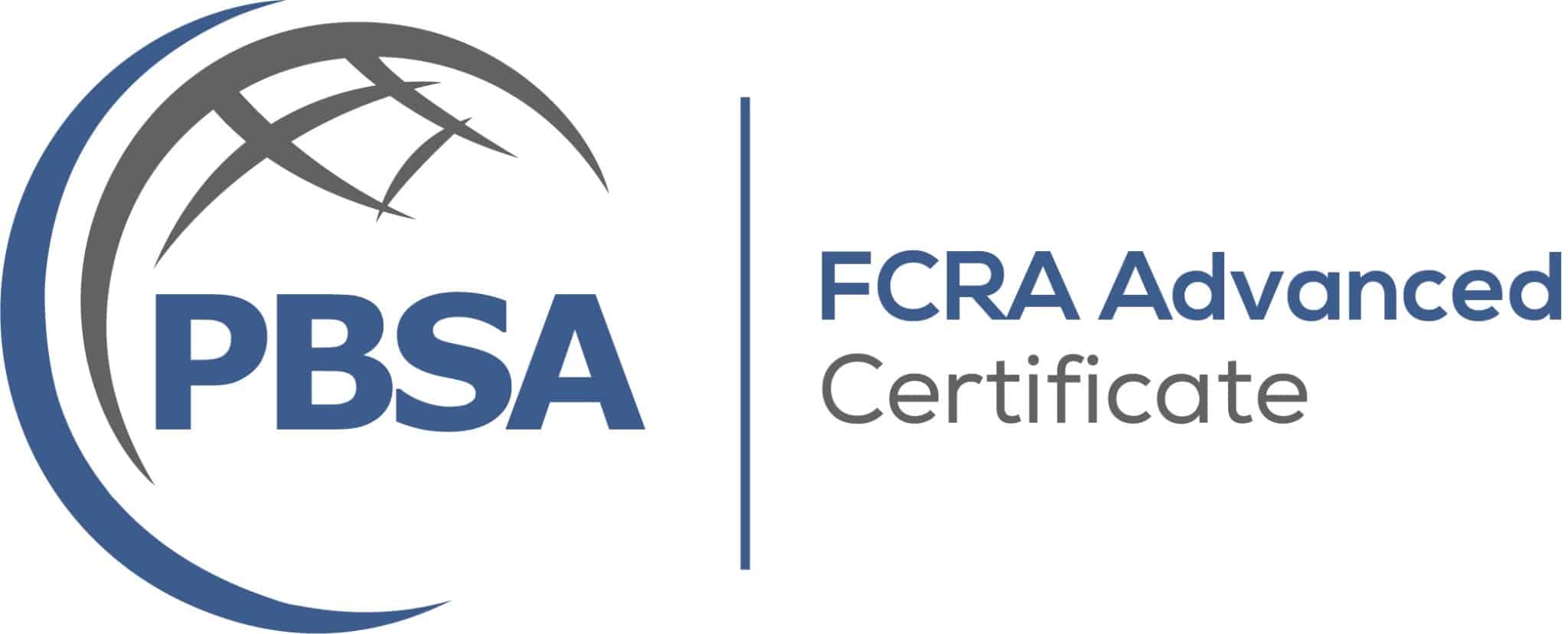Top 5 Background Check Companies for 2026: Which Fits Your Hiring Model?
Background check companies are not one-size-fits-all. Some are built for uniform, global programs that run thousands of checks a month. Others fit mid-market teams that hire across a mix of roles and want named support and clear SLAs. The right choice comes down to your operating model, not a feature checklist. This guide gives an even-handed overview of five well-known providers and how they line up to real-world scenarios. For process and compliance context, see FCRA-compliant employment background checks.
Quick Summary
- Start with your hiring model. Standardized global programs need different tooling than teams with varied roles and frequent changes.
- Each vendor below excels in a specific lane. There is no universal winner.
- Use the practical checklist to define packages, SLAs, and integrations before you compare quotes.
How We Evaluated
We focused on client focus, support model, customization depth by role, automation and APIs, implementation approach, candidate experience, and pricing clarity. When we reference public facts, they come from company materials or reputable industry sources. The order below starts with multi-national enterprise providers and those uniquely positioned to support the needs of SMEs.
Company Snapshots
You are busy, so this list assembles the best of the best at different scope levels. Each provider is strong in its lane. The goal is to help you match your reality to the provider designed for it.
First Advantage
First Advantage is a large, publicly traded screening provider with a broad global footprint. The company focuses on standardized, high-volume programs with centralized control and mature automation. A typical client is a multi-national organization running thousands of similar checks each month across many regions and business units.
HireRight
HireRight, a private equity backed serves large and multi-national employers that need governance, reporting depth, and a wide service catalog. The operating style fits coordinated HR teams that manage hiring across multiple countries under centralized policy. A typical client is a large enterprise with formal vendor management and defined change processes.
Checkr
Checkr is known for an API-first approach and a broad partner ecosystem. The product is built to be embedded, which suits engineering-led teams, marketplaces, and contractor programs. A typical client is a tech-forward organization that wants to trigger orders and track results inside its own tools and values speed and repeatability.
Accurate
Accurate Background serves mid-market to large employers that want configuration without losing structure. Public materials highlight strong integrations and flexible package setup for mixed role types. A typical client is a U.S. or multinational employer with a blend of hourly and professional roles, expecting named contacts and clear SLAs.
EDIFY Screening
EDIFY Screening focuses on small to mid-market teams, roughly 50 to 10,000 employees. The emphasis is personalized service with role-specific packages, practical ATS integrations, clear SLAs, and live U.S.-based support through multiple channels. A typical client is an SME that wants consistent people to contact, straightforward packages per role, and responsive help without outsourcing.
Comparison: Service Model and Fit
| Provider | Client Focus | Support Model | Customization by Role | Implementation Approach | Integrations / API | Typical Scenarios |
|---|---|---|---|---|---|---|
| First Advantage | Enterprise, high volume, multi-country (25,000+) | Outsourced enterprise team; ticket workflows | Within standardized catalogs | Structured plan with change control (Weeks to live) |
Broad partner network and APIs | Thousands of similar checks monthly |
| HireRight | Large and multi-national employers (25,000+) | Outsourced Program governance with team contacts | Within standardized catalogs | Formal onboarding and policy alignment (Weeks to live) |
Strong integration coverage | Coordinated multi-country hiring |
| Checkr | Tech, marketplaces, contractor programs (25,000+) | Self-serve first with ticket. Outsourced, limited live support. | DIY configuration, IT/developer heavy | Fast, product-led setup (Days – weeks to live) | API-first with many ATS options | Embedded flows inside your apps |
| Accurate | Mid-market to large employers (10,000+) | Outsourced named contacts with SLAs | Configurable for mixed roles | Structured with flexibility (Days to Live) | Strong ATS integrations | Customization at moderate to high volume |
| EDIFY Screening | SMEs, 50 to 10,000 employees | In-house Live U.S.-based support, multi-channel, no outsourcing | Role-specific packages and full customization | Hands-on onboarding (Same Day to Live) | Practical ATS integrations and alerts | Mixed role profiles with frequent changes |
How to read this: Start with client focus, then confirm the support model and how each provider handles role-level customization and the integrations you already use.
Which Provider Fits My Situation?
Use these patterns to create your shortlist. They reflect how teams actually work, not edge cases.
- We run thousands of similar checks each month across many countries. Shortlist First Advantage or HireRight.
- We want to embed background checks directly into our apps and workflows. Shortlist Checkr.
- We have mid-to-high volume with varied roles and need configuration at scale. Shortlist Accurate.
- We are 50 to 10,000 employees and want named U.S. contacts, no outsourcing, role-specific packages, and same day setup. Shortlist EDIFY Screening.
Practical Selection Checklist
Before you compare feature grids, define what good looks like for your team. This keeps the process grounded and reduces surprises during implementation. Once you line up roles, risks, SLAs, and integrations, the right fit becomes obvious.
- Write packages for your top three roles. List must-have searches, any verifications, MVR needs, and drug testing by role.
- Define adjudication criteria in plain language. Note who reviews what and the time you expect decisions to be made.
- Set service expectations. Document coverage hours, response times, escalation paths, and who handles candidate disputes.
- Map your tech stack. Confirm supported ATS or HRIS integrations, SSO, and the specific automation you plan to use in the first 90 days.
- Choose a small pilot volume. Run a limited batch through your real workflow to validate turnaround time, candidate experience, and reporting.
- Plan re-screen cycles. Tie cadence to role risk and any regulatory requirements, then automate reminders so it happens on time.
Need a starting point for small teams with lean HR coverage? See small business background checks for program ideas you can scale up as you grow.
FAQs
Q: Do I need different background check packages for hourly vs. professional roles?
A: Yes. Scope and turnaround needs differ by role. Build separate packages so you only pay for what each role needs and keep adjudication consistent across the board.
Q:How fast can we go live?
A:It depends on package clarity, integrations, and intake forms. Most teams can move quickly once role packages and adjudication rules are set and the ATS integration is connected.
Q: What should U.S.-based backround screening support look like in practice?
A: Named contacts, business-hours coverage with clear escalation, and fast answers on edge cases. Ask for response-time SLAs and who handles disputes and rechecks.
Q: How do re-screens fit a mid-market program?
A: Many teams run annual re-screens for sensitive roles and more frequent MVR checks for drivers. Pick a cadence based on risk and regulation, then automate reminders.
Closing Thoughts
This is a fit question, not a hype contest. Get clear on your hiring model, write down service expectations, and pressure test the integration paths you will actually use. The right provider should make hiring simpler, not add friction. If you want a second set of eyes on your packages or a quick sanity check on proposals, feel free to reach out. When you are ready to compare numbers, you can always start with background check pricing.
Compliance Note
- Use consistent role-based adjudication criteria and document them for audits.
- Follow FCRA disclosure, authorization, and adverse action steps before any hiring decision.
- Check state and local rules that limit specific records or set lookback periods.











